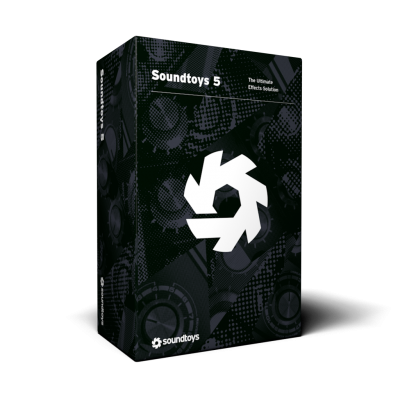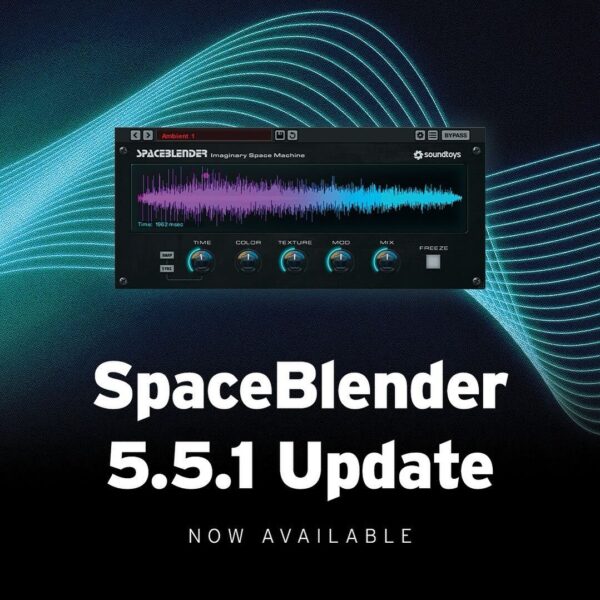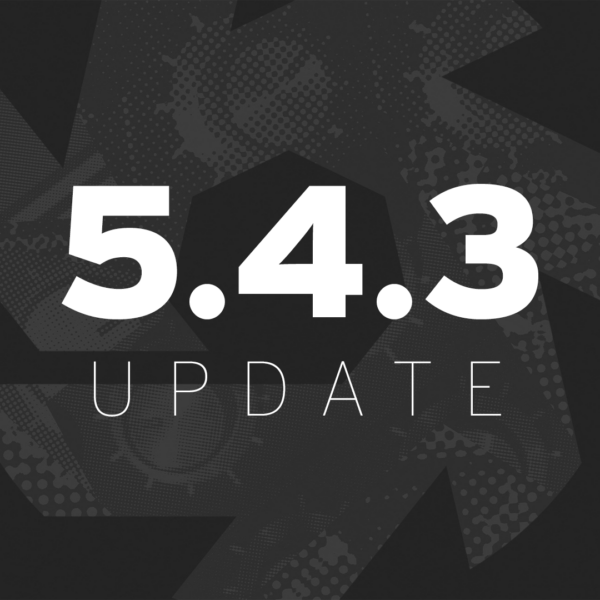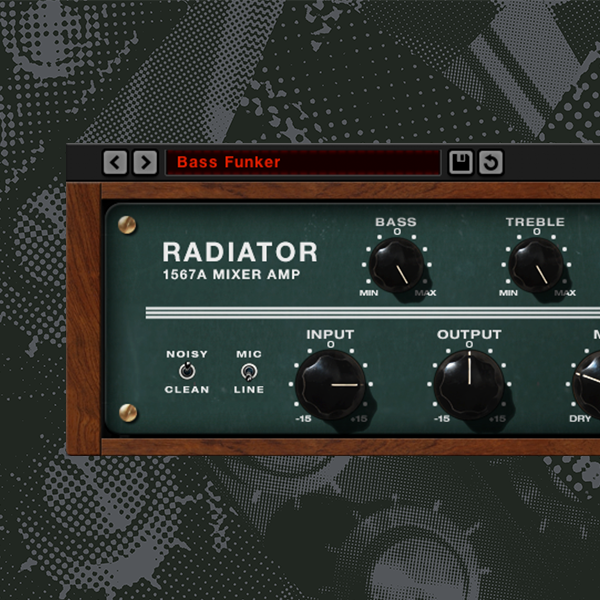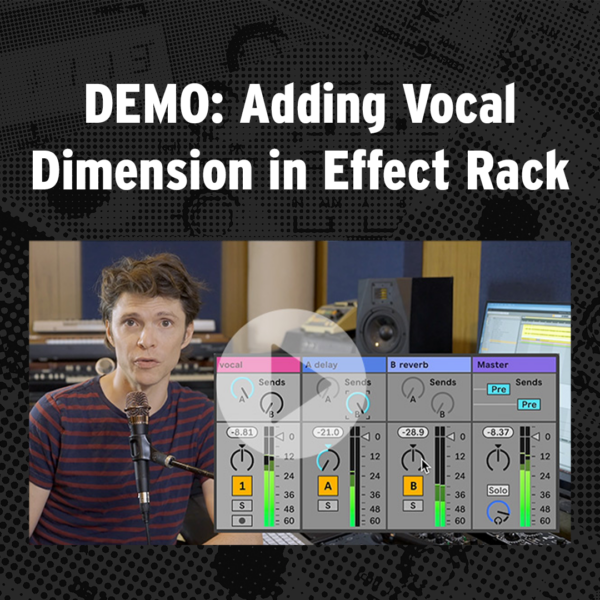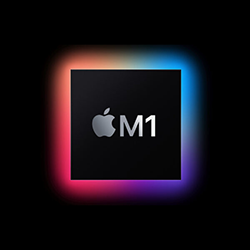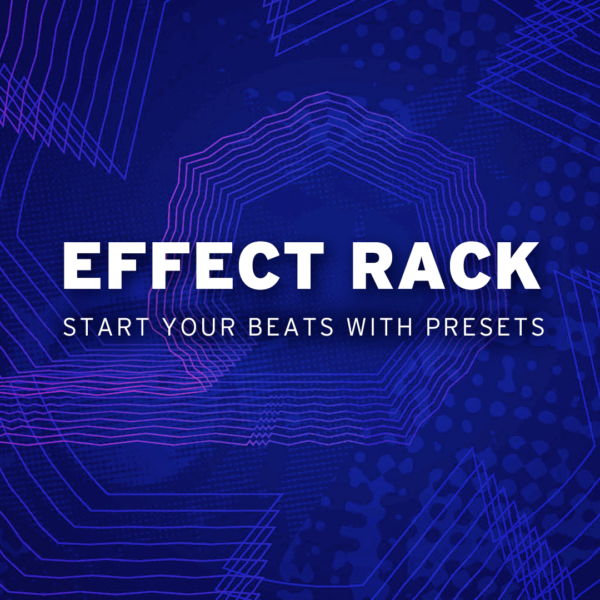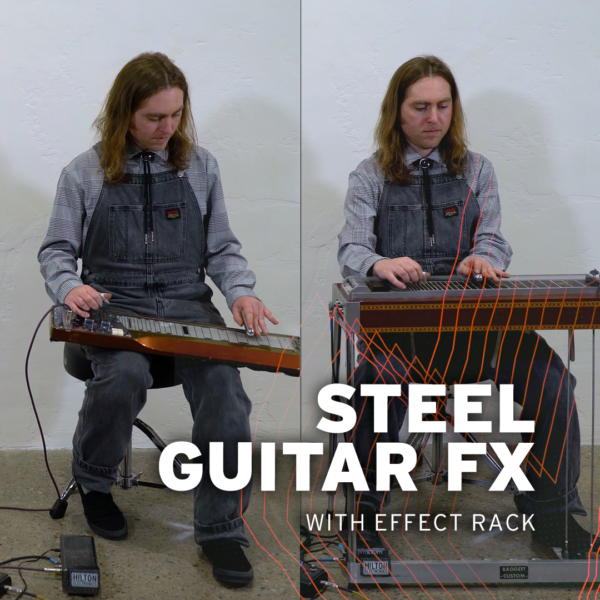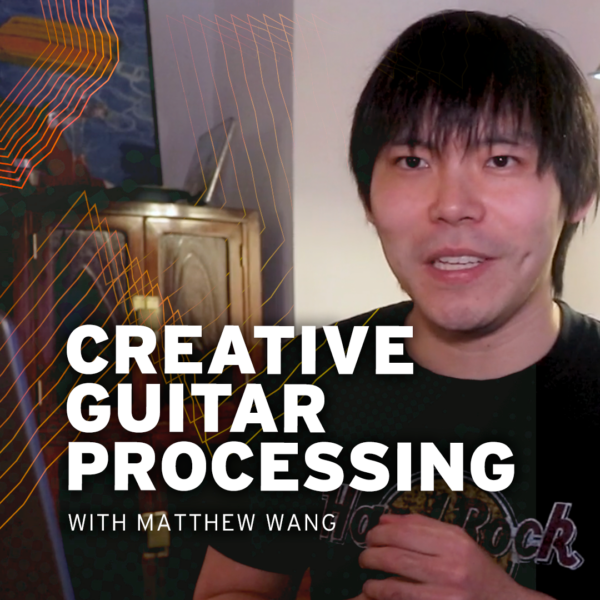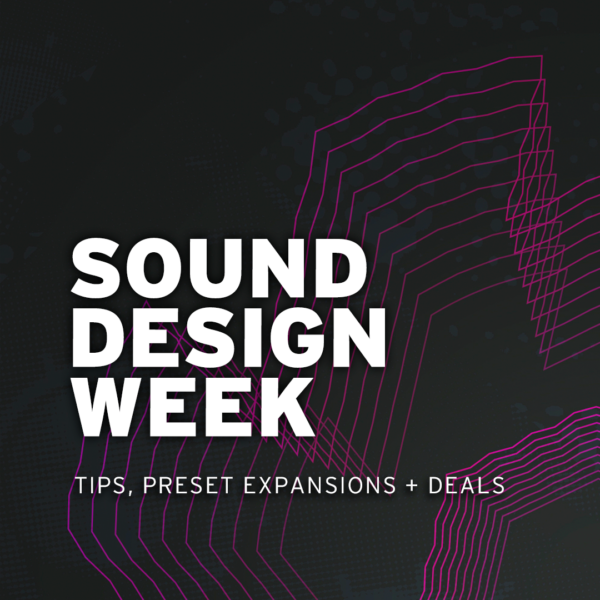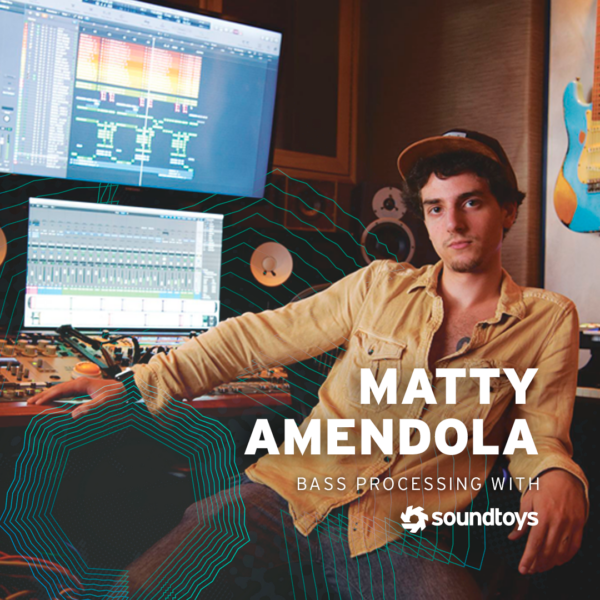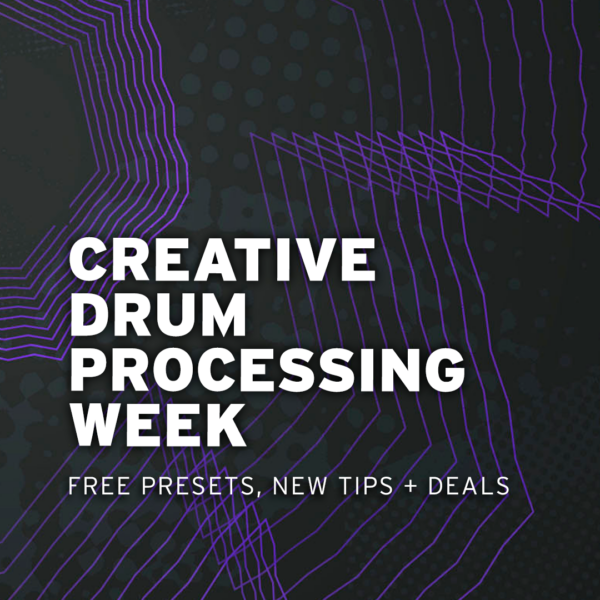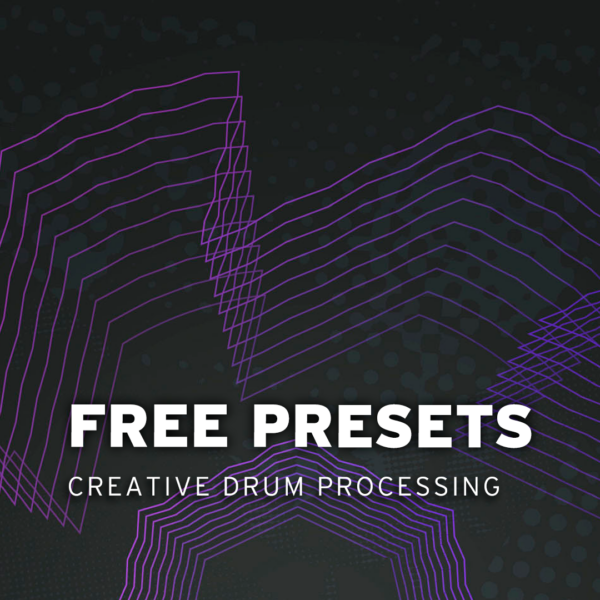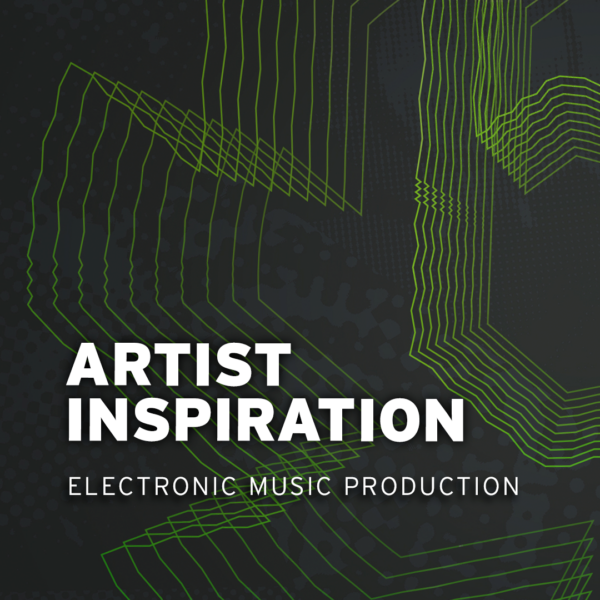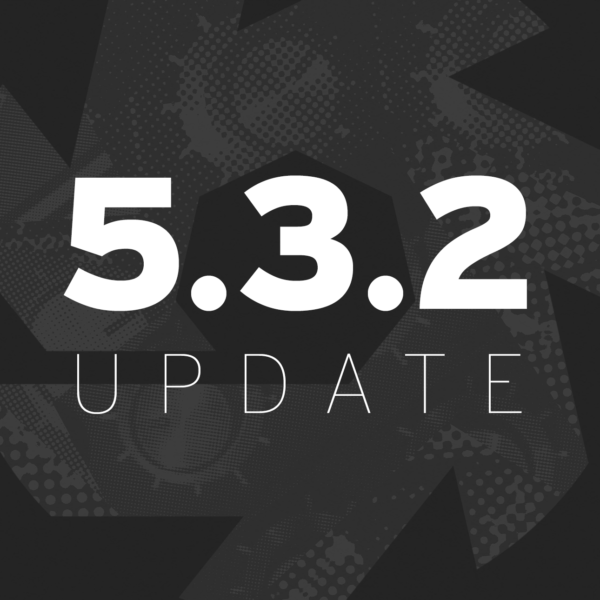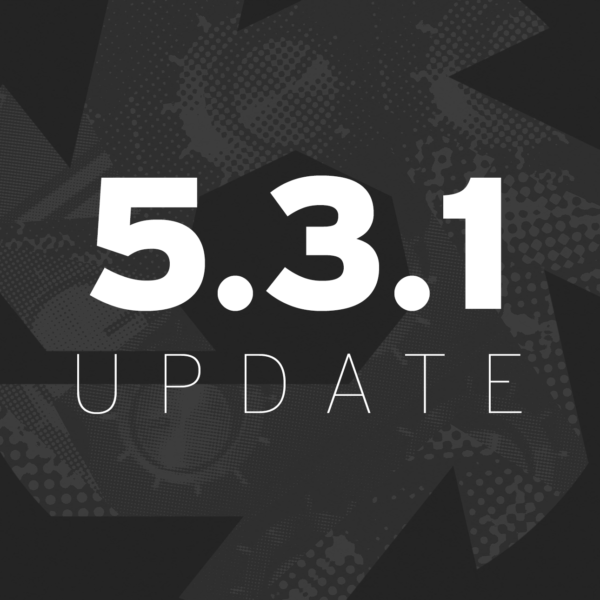The Eventide H3000 Multi-Effects Unit is a legend. Found in every major studio around the world, it’s one of the most highly used multi-effects units ever produced. Heard on thousands of songs from 1988 on, the H3000 is respected by many top engineers as the holy grail of effects.

Why WE Care About It
The H3000 was a labor of love for Soundtoys founder & CEO Ken Bogdanowicz and Soundtoys engineer Bob Belcher back in their younger days working at Eventide – they designed and built this thing (well most of it, at least). Ken was the effects algorithm and preset designer, and created Eventide’s first intelligent pitch shifter. Bob designed the circuits, wrote most of the code and pulled all-nighters laying out circuit boards. Our good friend Dave Derr (owner, Empirical labs) designed the analog and converter sections. Gil Griffith (owner, Wave Distribution) evangelized the H3000 far and wide, getting this box into the hands of many thousands of top artists, engineers and recording studios.
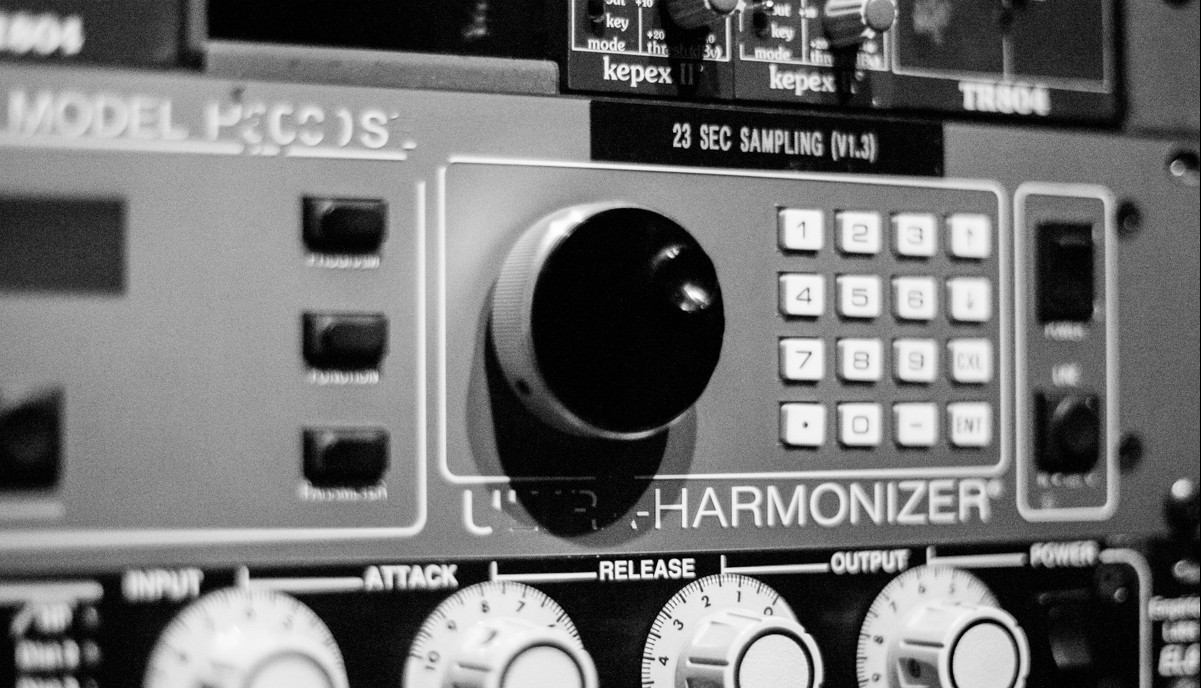
The Machine
Simply put, the H3000 is a multi-effects monster. This is one of the reasons this piece is so loved. It does so much. From deep fat chorus, to rich verbs, to multiple pitch-shifting types (including the sought after MicroPitchShift), to outrageous swirling twisting soundscapes.
The H3000 went through a long line of versions and upgrades. The original H3000 had 11 effects algorithms and 100 presets focused on the Eventide staples of pitch shifting, doubling, chorus and delays and some basic reverb. That was followed by the H3000S (the “Steve Vai” model which added 48 presets designed by Steve), the H3000B (Broadcast version, which added TimeSqueeze, Patch Factory, a function generator for modulation, and sound effects designed for radio production – got a lot of love from shock-jock Howard Stern). The H3000SE added Vocoder, Band Delays, Instant Phaser, String Modeler, new Dense Reverb and MultiShift pitch shift algorithms. Brian Eno loved the H3000SE so much that he even sent a letter to the team calling it “the best-designed piece and most enjoyable piece of equipment [he’s] ever owned.” Later versions HS322 and HS395 added a sampling option board designed for “flying in” tracks recorded on analog tape.
The Plug-ins
 While still at Eventide, Ken and Bob moved on to design the DSP4000 (the next generation Harmonizer), Ken started a side business, Crescent Engineering, whose first product was a “plug-in” for the H3000 called Mod Factory which he advertised in the back pages of Mix Magazine. Mod Factory was an amazing modular effects system capable of creating some stunning dynamic effects. Eventide eventually licensed Mod Factory from Ken to create yet another H3000 spin-off, the H3500 and H3500B which included Mod Factory and the sampling option. The final two spin-offs were the H3000 D/SX and H3000 D/SE which added new collections of effects patches from top artists and producers.
While still at Eventide, Ken and Bob moved on to design the DSP4000 (the next generation Harmonizer), Ken started a side business, Crescent Engineering, whose first product was a “plug-in” for the H3000 called Mod Factory which he advertised in the back pages of Mix Magazine. Mod Factory was an amazing modular effects system capable of creating some stunning dynamic effects. Eventide eventually licensed Mod Factory from Ken to create yet another H3000 spin-off, the H3500 and H3500B which included Mod Factory and the sampling option. The final two spin-offs were the H3000 D/SX and H3000 D/SE which added new collections of effects patches from top artists and producers.
Back then (and even now) the H3000 was a truly powerful creation. It wasn’t simple, and wasn’t cheap either, which kept it in the upper echelon of audio professionals and rich guitar players (back when huge guitar effects racks were cool). The H3000 D/SE was regarded as the first true all in one multi-fx processor. Apart from the standard verbs, chorus and delays, and apart from the Eventide staple of great pitch-shifting and trademarked harmony generation, it had some stuff you might not expect in an effects box, like 3D speaker- based spatial imaging, filters, vocoder, a 6 voice polyphonic synth, LFO with 19 waveforms, amazing modulation routing, and full MIDI control. Plus you could even add sampling to it.
Beyond being the studio standard effects unit, the H3000 also became the ultimate live guitar fx box. All the big names in guitar from that time period (and beyond) had one in their studio and in their road rack. It was a vital part of the signature sound of some of the greats like Steve Vai, Van Halen, The Edge and Richie Sambora and Brian Eno.
The Next Phase

Crescent Engineering (the company under which Ken created Mod Factory) evolved into Wave Mechanics, which eventually became Soundtoys, so we could take our ideas further. Soundtoys’ SoundBlender plug-in was the first pro multi-effects plug-in available for Pro Tools, and the closest you could get to the kind of creative effects found in the H3000.
To this day, we’re still inspired by the H3000 in many ways. Ken and the Soundtoys team love creating products with this kind of longevity – EchoBoy, Decapitator and the collection of Soundtoys plug-ins capture and carry forward the tradition of creativity and uniqueness that started with the H3000. Effect Rack, the crowning feature of our latest release, Soundtoys 5, takes cues from the original multi-FX platform in its ability to creatively combine individual effects.
Cheers to the H3000 development team and thank you to all the users and artists out there who keep us going.

